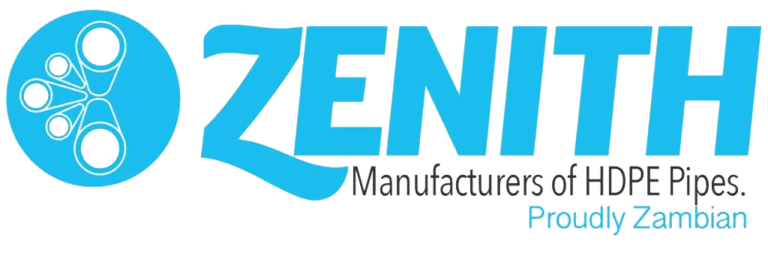High-Density Polyethylene (HDPE) Pipe Fusion Methods
High-density polyethylene (HDPE) pipes, essential for various applications, come in different lengths. Typically ranging from 20 to 100 feet, these straight lengths serve purposes such as water supply and high-pressure applications.
Fusion Methods for Joining HDPE Pipes
If longer lengths are required, one of the primary HDPE pipe fusion methods, utilizing heat, can be employed. Learn about the main techniques contractors use to join HDPE pipes in this comprehensive guide.
- Butt Fusion
- Butt fusion involves using a butt fusion machine to join two HDPE pipes by fusing their butt ends.
- Ideal for pipes with identical diameters and wall thicknesses.
- Consult an HDPE pipe fusion expert when joining pipes of the same size but different wall thicknesses. Butt Fusion Process:
- Clean pipe ends, ensuring no dust or debris.
- Align pipes in the fusion machine.
- Trim butt ends for a clean, parallel, fusion-ready surface.
- Verify perfect alignment; realign if necessary.
- Heat the pipe ends using a heated plate.
- Join pipe ends after proper melting; allow for cooling. Computer Numerical Control (CNC) Butt Fusion Machine:
- For extreme precision, use a CNC butt fusion machine.
- Computer-aided and guided for precise facing preparation and alignment.
- Electrofusion
- Electrofusion utilizes a special HDPE pipe fitting with an embedded heating coil activated by an electrofusion machine.
- Requires specialized heat fusion expertise. Electrofusion Process:
- Use a pipe scraper to remove surface oxidation layer.
- Wipe the area with isopropyl alcohol pipe wipe to remove debris.
- Slide pipes into the fitting.
- Ensure flush fitting, aligned pipes, secure clamping, and no wind interference.
- Activate heating coil with the electrofusion machine.
- Allow for cooling after fusion.
- Socket Fusion
- Socket fusion heat-fuses a pipe to a socket fitting, suitable for smaller-diameter pipes changing direction. Socket Fusion Process:
- Similar to butt fusion, but the machine has a heating adaptor for simultaneous heating of the pipe exterior and socket interior.
- Pipe is pushed into the socket after correct melting; allowed to cool under pressure.
- Saddle Fusion
- Saddle fusion involves heat-fusing a saddle fitting to a pipe, creating a leak-free joint between a new branch and an existing line. Saddle Fusion Process:
- Clean surfaces of the saddle fitting and existing pipeline.
- Position the saddle fitting and heat it along with the corresponding pipe surface.
- Create the heat-fused joint; allow for cooling and resting.
- Use a hot tap tool to drill a hole into the existing pipeline after prescribed time.
Best Way to Connect HDPE Pipes: Heat Fusion
Heat or thermal fusion stands out as the best way to join HDPE pipes, ensuring permanent, leak-free, homogenous, and self-restraining joints. The four HDPE pipe fusion methods, butt fusion, electrofusion, socket fusion, and saddle fusion, cater to various joining needs, providing versatile solutions for different applications.





